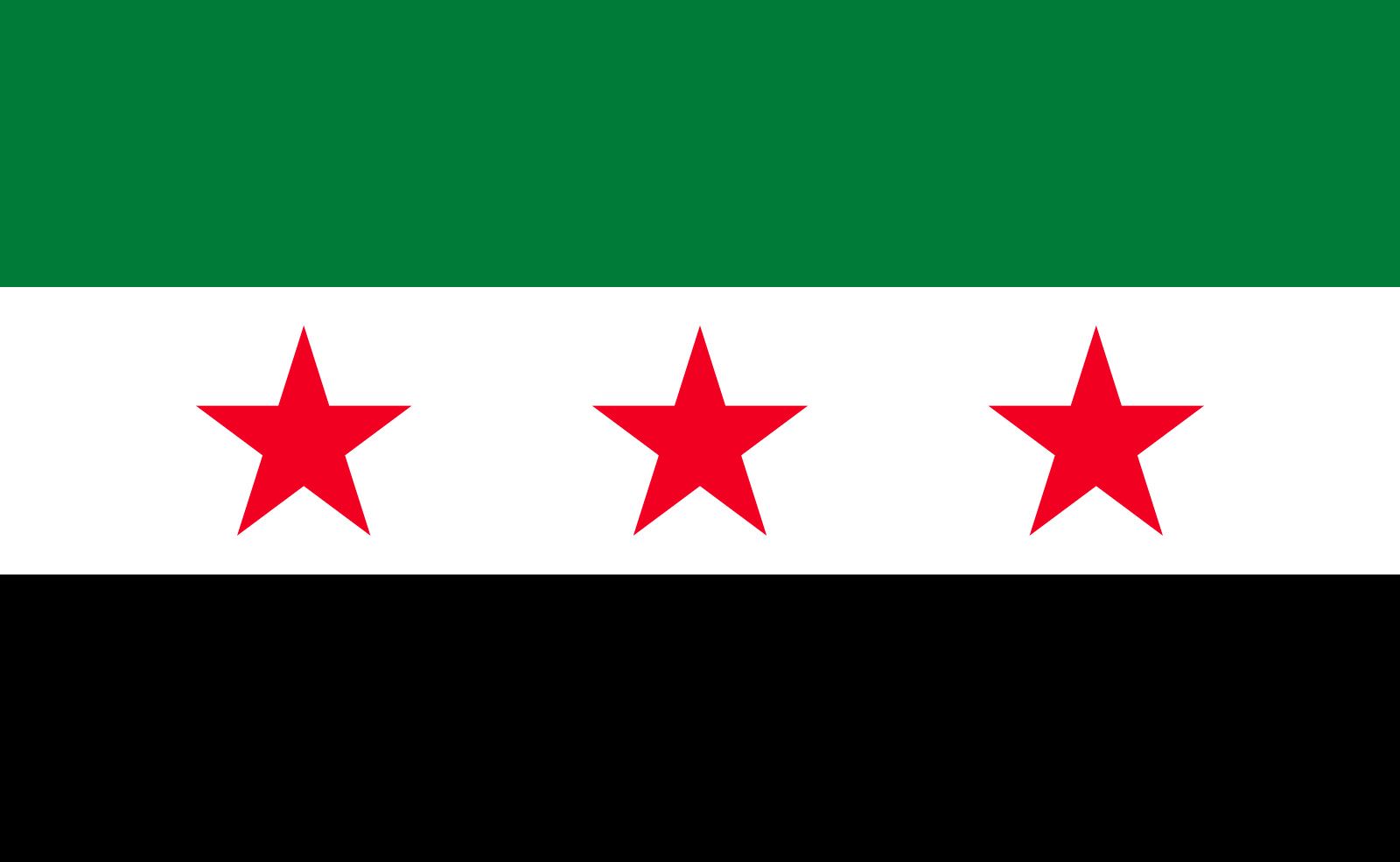Idlib
The Northwestern Province, A Humanitarian Challenge
Idlib, situated in Syria’s northwestern corner along the border with Turkey, has been thrust into global headlines over the past decade as the epicenter of one of the largest humanitarian crises in recent history. Once a quiet agricultural region known for its olive groves and historic towns, Idlib has transformed into a densely populated refuge for millions uprooted by war.
Historical and Cultural Background
Before the war, Idlib province was renowned for its fertile plains, dotted with orchards, vineyards, and ancient archaeological sites. The countryside hosted some of the so-called “Dead Cities” — well-preserved Byzantine-era ruins that stood as a testament to the region’s rich and layered history. The province’s capital, Idlib city, was a bustling market town, known for its weekly souks and production of olives, figs, and grains that sustained much of northwestern Syria’s economy.
Culturally, Idlib’s towns and villages were home to tightly-knit communities steeped in traditions, with a way of life that revolved around family, land, and religious and seasonal festivals. Mosques, churches, and khans (caravanserais) reflected the province’s diverse past and strategic position along historical trade routes.
The War and its Impact
When the Syrian conflict erupted in 2011, Idlib quickly became one of the centers of opposition to government forces. Over the years, the province saw intense battles, airstrikes, and waves of displacement, becoming the last major stronghold for opposition groups by the late 2010s. Entire towns and neighborhoods were destroyed or abandoned, while hundreds of thousands fled from Aleppo, Hama, Damascus, and elsewhere, seeking refuge in Idlib.
By early 2020s, the province’s population had swelled to more than 3 million — more than double its pre-war numbers — making it one of the most densely populated areas in Syria. Tent camps and makeshift shelters sprawled across its hills and plains as international aid convoys and local volunteers scrambled to meet overwhelming needs for food, water, medicine, and shelter.
Current Situation (July 2025)
As of July 2025, Idlib remains under contested control. Although large-scale fighting has diminished, sporadic clashes and airstrikes still occur, making the security situation fragile. Many families live under constant fear of renewed violence, while struggling to rebuild lives disrupted by over a decade of war.
The humanitarian situation remains dire. Camps are overcrowded, sanitation facilities are insufficient, and access to healthcare is limited. Malnutrition and preventable diseases remain persistent threats. Despite these challenges, local NGOs, international organizations, and community leaders continue to coordinate aid deliveries, education programs, and medical care, providing vital lifelines to millions.
Humanitarian Significance
Today, Idlib stands as a poignant example of human resilience amid adversity. It hosts one of the largest concentrations of internally displaced persons (IDPs) in the world. Makeshift schools have sprung up to educate children who have never known peacetime. Women-led initiatives create handicrafts to support their families. Agricultural cooperatives are reviving small plots of farmland to feed local communities. Against the backdrop of hardship, life goes on — weddings are celebrated in camps, prayers fill the mosques, and markets bustle with traders and customers each morning.
Looking Ahead
Although the road to recovery for Idlib remains uncertain and fraught with challenges, the indomitable spirit of its people continues to inspire. Reconstruction efforts are being planned in more stable areas, and some families have begun returning to their original villages where conditions allow. Meanwhile, the international community faces increasing calls to support sustainable solutions and to ensure protection for the millions who still call Idlib home.
Key Highlights and Landmarks
- The Dead Cities: Ancient Byzantine-era ruins scattered across Idlib’s countryside, offering glimpses into a bygone era.
- Olive Groves: Symbolizing the province’s agricultural roots and economic backbone, these groves continue to provide sustenance and employment.
- Idlib City Souk: Despite destruction, parts of the traditional market have reopened, restoring some semblance of normalcy and trade.
- Refugee Camps: Sprawling across the province, these camps are home to countless stories of survival and resilience.
Idlib remains a place where hope and hardship coexist, where history and humanity intersect, and where the courage of its people shines through even the darkest times.
 Syria
Syria